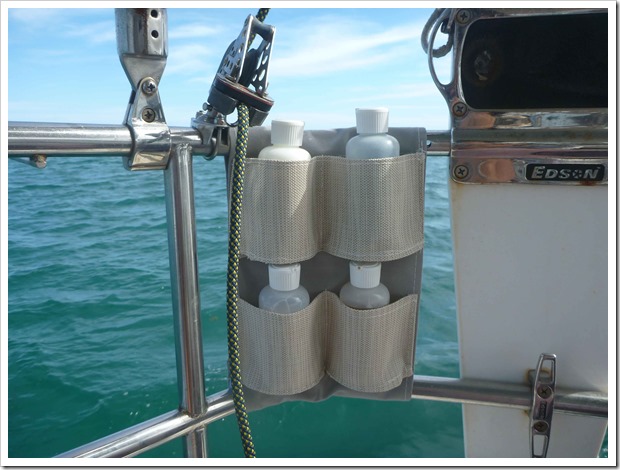I recently did a post which talked about establishing what the right amount of glycol in a holding plate solution was. Well, OK, now that we know what we want to have in there, how do we determine what we actually have? I suppose one possibility would be to simply empty the holding plate and refill it with a solution of known concentration, one that we just made up by careful measuring. Yeah, that would work.
But what if we just want to add a little water or glycol to what we already have? For that we would need to be able to measure the concentration in the solution.
 |
| Hand-held refractometer |
What is that?
All transparent substances slow the passage of light thru them somewhat - some more than others. The refractive index is the ratio of the speed of light in a vacuum compared to the speed of light in the transparent substance. So, if I tell you that the refractive index of a particular glass is 1.33, that means that, yes, light travels thru that glass only 3/4 as fast as in a vacuum. You have witnessed refractive index differences when you, for example, mixed water and vodka, or dove in a place where fresh water and salt water are mixing (at Shilshole, for example).
But for our purposes, it is enough to know that the refractive index of a water/propylene glycol mixture changes in a predictable way with the concentration of glycol. We don't even have to know the details of that change because the manufacturer has taken that into account in the preparation of the scale inside the instrument.
All that remains is for us to obtain a drop or two of the solution and put it onto the prism covered by the clear plastic flap, and look thru the lens at the other end of the instrument, for a view like this:
 |
| Approximately 33% propylene glycol shown |
Who knows when that will be?


















